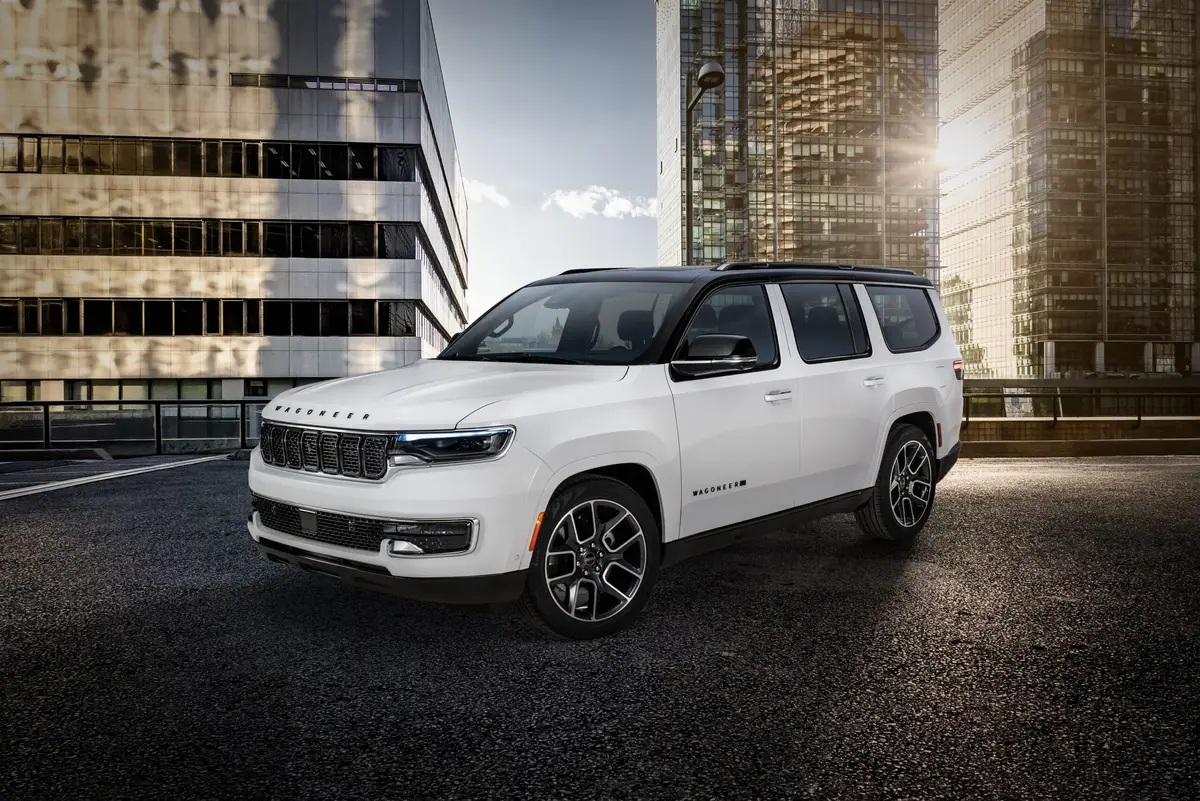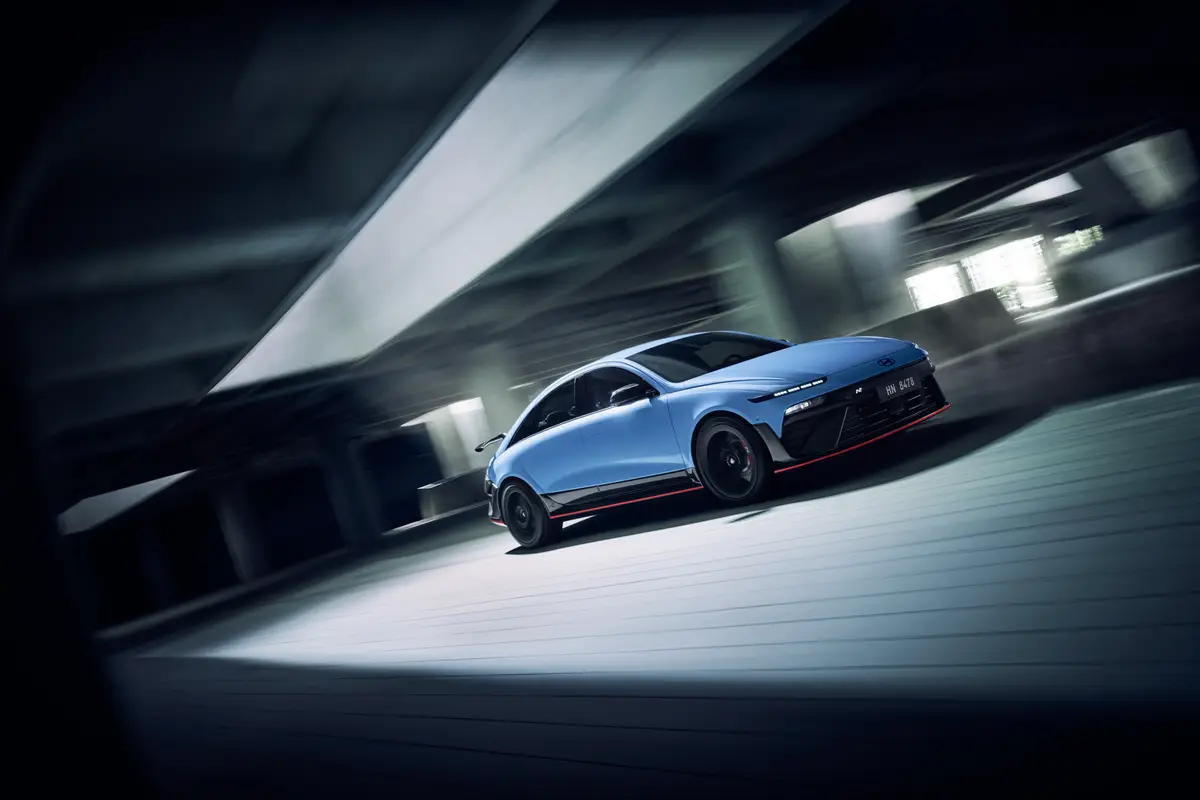Our view: 2010 Lexus IS 350C

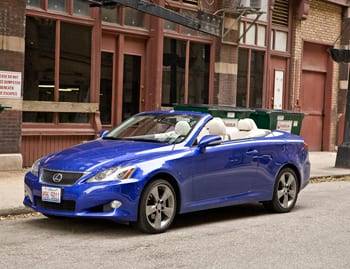
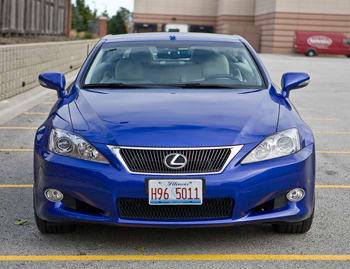
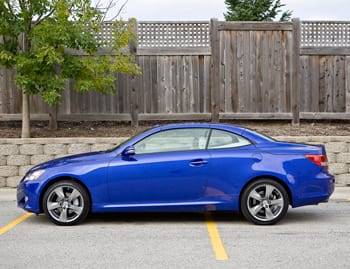
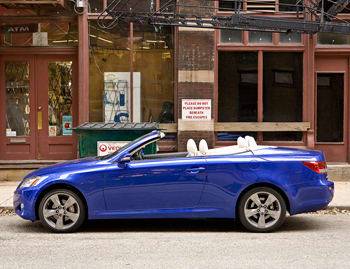
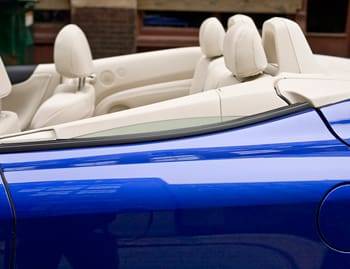
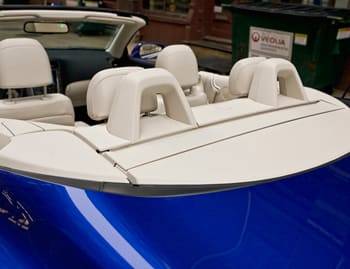

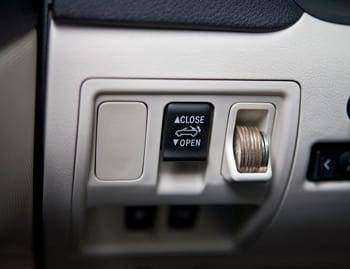
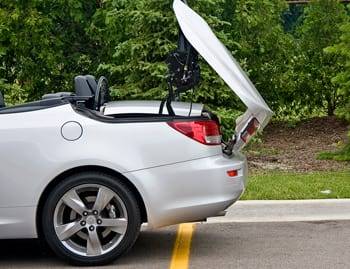
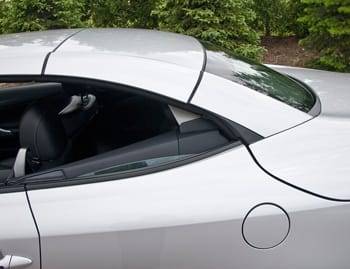
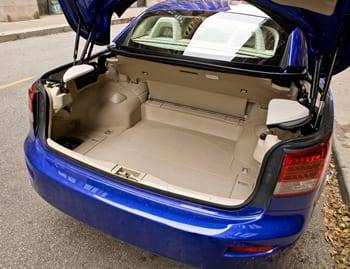

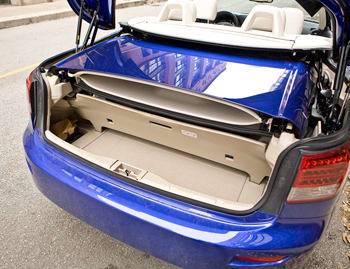
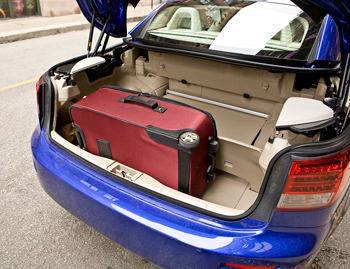
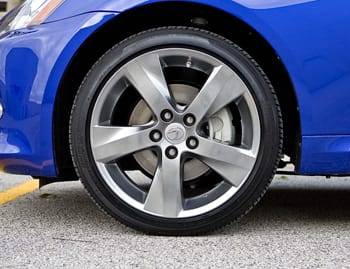
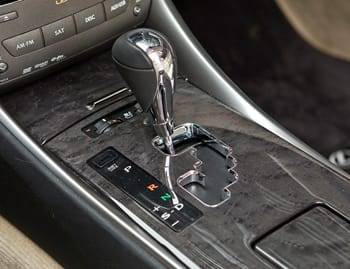
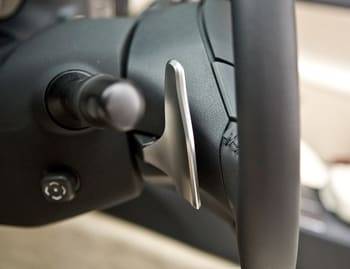
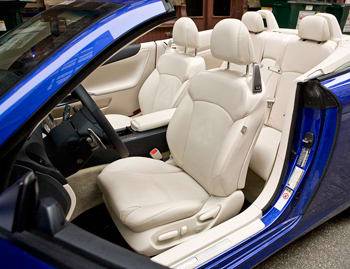
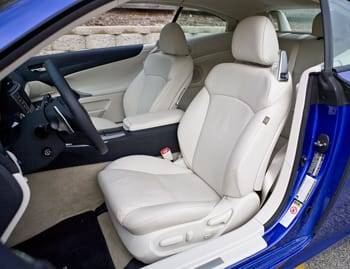

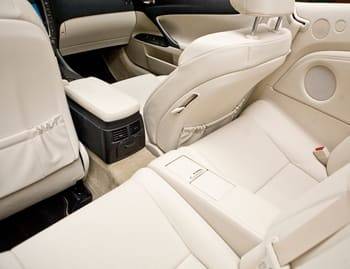
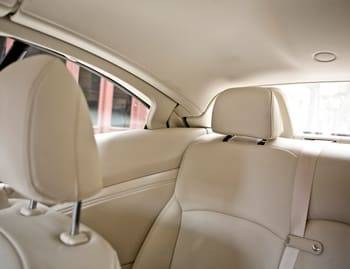
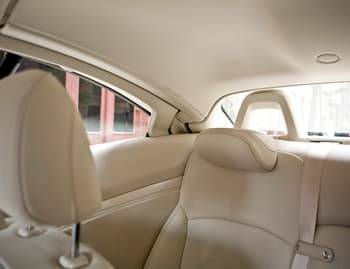
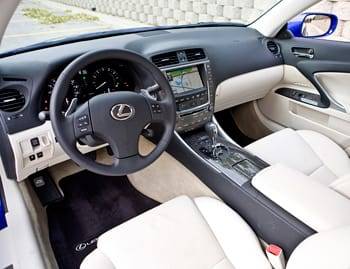
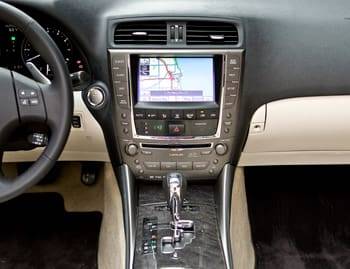
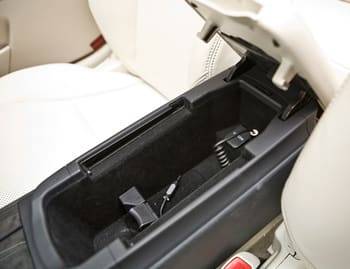
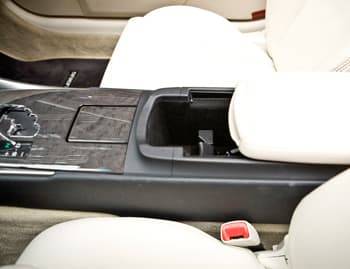
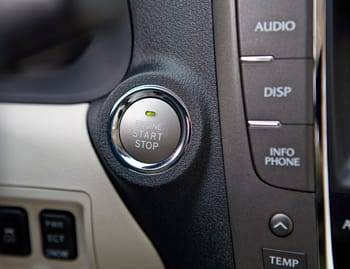
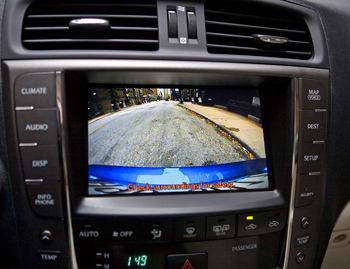





























Retractable-hardtop convertibles are no rarity — especially in the compact luxury class. The new 2010 IS 250C and IS 350C, named for their 2.5-liter and 3.5-liter V-6 engines, compete with the BMW 328i and 335i convertibles, the Infiniti G37 convertible and the Volvo C70, plus a couple of soft-tops like the Audi A5 Cabriolet. The IS C distinguishes itself with Lexus quality and comfort, but it lacks some of the sportiness found in its German and Japanese classmates. Most impressive is the 250C’s surprisingly high gas mileage.
Based on the IS compact luxury sedan, the 2010 version is Lexus’ second-ever convertible. It follows the SC 430 retractable hardtop, which came out in 2002 and sells practically unchanged as a 2010 model for nearly $68,000. The IS 250C starts at a mere $38,940 — $7,095 more than the sedan (see the convertible and sedan compared here). I did most of my driving in a 250C, including an interstate trip of more than 600 miles. I also spent some time in a 350C for comparison.
Exterior & Styling
The C model definitely looks like a Lexus, and more or less like an IS sedan, but that’s not thanks to much shared sheet metal. Only the hood is the same, according to Lexus. It has the clean, buttoned-up look we’ve come to expect when the top is down, albeit with the trunklid equivalent of a domed hood. There’s a nice silhouette when the top’s raised, though the black seals between the panels look large and unseemly against light-colored paints.
A dashboard switch by the driver’s left knee operates the top. It’s fully automatic, meaning you don’t have to unlatch anything overhead, but you do have to hold the button for the whole procedure. It operates quite smoothly, with different elements moving simultaneously, synchronized rather than each waiting for the preceding step to complete. Rather than motoring into the windshield frame with a bang when closing up, the front roof panel stops just inches shy of the frame, then glides into contact under its own weight. The process takes just over 20 seconds, edging out the 328i and leaving the G37’s less-impressive mechanism clunking and shaking for about another 10 seconds.
A trait the IS C shares with the G37 and more affordable Volkswagen Eos convertibles is that its trunklid tilts backward to accommodate the roof panels, and this requires some clearance behind the car. It raises the possibility of damage if you’re parked too close to another car or some other obstacle. Lexus offers a clearance-sonar feature that alerts the driver if there’s little clearance behind the car, and even prevents the lid from opening if there’s simply no room. The feature’s not standard; you have to choose the optional rear parking assist feature to get this safeguard.
The Battle for Trunk Space
Most retractable hardtops store their roof panels in the trunk, which means there’s a tradeoff when the top’s down. (There’s often a tradeoff in soft-tops, too, but it’s not as pronounced.) Hardtops employ a partition that you must put in place manually to segregate roof space from cargo space, and the remaining usable area varies from one model to the next.
The IS C’s trunk is quite roomy when the top is up. By the numbers — 10.8 cubic feet — the volume is modest, trailing the 328i and Volvo C70 by a cubic foot or two and comparable to the G37, but its shape is very usable and accessible. The partition clears the way entirely when not in use. It’s a bit difficult to wrangle because it has four attachment points. If it’s not secured correctly, the top won’t go down, and you’ll curse your way back out of the car and under the trunklid.
Once the top is down, the trunk has truly usable space — only 2.4 cubic feet, by Lexus’ measurements — but the opening is low and wide, so you can access whatever room remains. In some convertibles, the opening is so tight you can’t extricate whatever you’d put in there — if there was room for it in the first place. The Volvo C70 has a button that raises the roof panels to ease access, but the IS C has no need for such complexity. In addition to the wide opening, the IS C gives you a usable shape. A healthy assortment of grocery bags or something like a duffel or gym bag could fit comfortably. A golf bag is unlikely. The usable space sits in stark contrast to the G37, though, whose top-down space is 2 cubic feet in the form of a very long, narrow channel befitting little more than an extensive umbrella collection — or golf clubs sans bag. Thankfully, both cars have backseats, which are more suited to carrying luggage than people.
Pick Your Engine
The driving experience is similar to that of the sedans, though the convertibles characteristically add weight — close to 400 pounds, and you feel it in the acceleration. As in the sedans, the smaller engine comes with a choice of a six-speed manual or six-speed automatic, and the 3.5-liter comes only with the automatic. Where the IS 250 sedan does zero to 60 mph in just under 8 seconds, however, the convertible takes about 8.5 seconds — with no great difference between the manual and automatic. With its 204-horsepower 2.5-liter, the IS 250C felt reluctant to go, but I was able to remedy that with one or two steps: flicking a dashboard switch to the Power setting, which makes the accelerator more sensitive, and/or popping the automatic transmission’s stick to the left, triggering Sport mode. Sport makes the transmission stay in lower gears longer and kick down more readily when you jab the pedal.
Even with these settings, if you floor it, the IS 250 doesn’t press you into your seat, as its sporty exterior might suggest it would. I hesitate to call a car underpowered, but if you have a passenger or two, a trunk full of luggage and some hills to climb, I suspect many people would deem the IS 250C a dog. For them, there’s the IS 350C, which hits 60 mph in 5.8 seconds, only a couple tenths slower than the 350 sedan. It’s a shame it doesn’t come with a manual transmission.
Though speed freaks need not apply, the 250 version has a big advantage for some buyers, and that’s high gas mileage. With the stick shift it’s uncommonly thirsty, at 18/26 mpg city/highway, but the automatic boasts an EPA-estimated 21/29 mpg, and I beat that rating handily on my interstate trip. The onboard computer read 34 mpg; my calculation of miles traveled over gas consumed worked out to 31.5 mpg — still really good. That was for hundreds of miles at 70 mph with no passengers, practically no luggage and no wind.
The BMW 3 Series convertible lineup starts with a modestly powered 328i, but it gets 17/26 or 18/27 mpg (manual or automatic, respectively) — and costs as much as the more powerful Lexus 350C, which is rated 18/25 mpg. The soft-top 2010 Audi A5 Cabriolet, which we haven’t tested yet, is rated 23/30 mpg with the base engine.
Ride & Handling
The IS C rides comfortably — more so than the sedan, even with my test car’s optional 18-inch wheels (17s are standard). There’s a little shudder in the structure when the top is down, but for a car of its size, it’s pretty rigid — clearly better than the G37 we tested. When the top’s up, you forget you’re in a convertible at all. The body stiffens up — which isn’t always the case when a convertible’s top is raised — and the cabin is nice and quiet.
As for the handling, the front/rear weight distribution is cited as 50/50 for all versions. That makes for a nice balance, but even so, it’s not as easy to overcome the IS 250C’s weight or manage its attitude when powering out of turns with the lesser engine. Whether it’s the added weight or softer suspension tuning, both convertibles exhibited more body roll than the sedans. The 350C’s 306 hp makes it more fun, but having ready power at the tap of your foot always tends to emphasize the shortcomings in terms of body roll and handling.
Unfortunately, my impression of the IS C is that it suffers the same shortfall as many Lexus models before it: Despite looking good on paper and doing what you expect a sporty car to do, there’s something missing. The model that almost overcame this was the original IS 300, but somehow the current IS generation has taken a step backward. It’s difficult to explain or describe because cars don’t have emotion, but they do have an ability to evoke emotion, and those that can often do so universally — not just hit and miss, for some drivers but not for others. The 3 Series and G37 are clear leaders in this regard.
Seating for Four … Sort Of
The interior is typical of Lexus in terms of design and quality — both good — and the front-seat room is decent, offering slightly more legroom and more than an inch of extra headroom versus the sedan. As is always the case, the backseat — not large within the compact class to begin with — takes a hit in headroom, hip room, shoulder room and particularly legroom compared with the sedan. For what it’s worth, though, I had enough headroom in the backseat. Legroom is another story. With the top down and a short passenger sitting in front of me, I went for a ride that was surprisingly comfortable. I felt notably less comfortable once I climbed out and noticed I had Marge Simpson hair. The wind turbulence in the front seats isn’t bad at all, and you can improve it further with a rear-mounted wind screen, but it characteristically blocks off the backseat entirely. There’s simply nothing for backseat passengers to do but wear a hat or find a “Simpsons”-themed party.
Safety
As a new model, the IS C hasn’t been crash tested, and as a convertible its sales volume is expected to be low, so it likely will never be. Unfortunately, tests of the IS sedan don’t translate to the convertible because their structures are substantially different.
Standard safety features include the required frontal airbags plus front-seat-mounted side-impact airbags designed to protect occupants’ heads and torsos. Also standard are antilock brakes with electronic brake-force distribution and brake assist, and an electronic stability system. The stability system includes traction control, and a selectable Snow mode is designed to help prevent wheelspin when accelerating on slick surfaces. See all the IS C’s safety features listed here.
IS C in the Market
German luxury brands usually charge more and give less in terms of standard features, and that’s the case if you compare the $44,550 328i convertible with the $38,940 IS C. The IS C’s standard features include leather seats, push-button start, HomeLink, auto-dimming rearview mirrors, a six-CD changer and Bluetooth capability. These are all optional on the 328i, but that car shows up the IS C with standard memory seats, xenon headlights and rain-sensing windshield wipers. All told, advantage: Lexus. See the IS C compared with BMW, Infiniti and Volvo retractable hardtops here.
With its higher mileage rating, the Audi A5 Cabriolet looks like strong competition for the IS 250C, but if you insist on a retractable hardtop, the Lexus offers the best combination of price and mileage in this class. One disappointment is the lack of all-wheel drive — something the A5 offers. Though the IS 250 sedan has an all-wheel-drive option, that convertible is already weight-challenged, and adding another 200 pounds of driveline hardware wouldn’t go over very well. One could argue that all-wheel drive isn’t important in a convertible, but retractable hardtops are so viable for all-season use in every other way, the temptation is there, and rear-wheel drive still isn’t the best choice in the snow belt. That’s the Volvo C70’s big advantage — retractable-hardtop meets front-wheel drive. In this class, there’s no shortage of choices.
| Send Joe an email |

Former Executive Editor Joe Wiesenfelder, a Cars.com launch veteran, led the car evaluation effort. He owns a 1984 Mercedes 300D and a 2002 Mazda Miata SE.
Latest news
